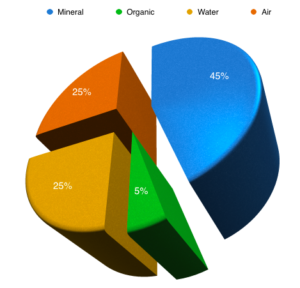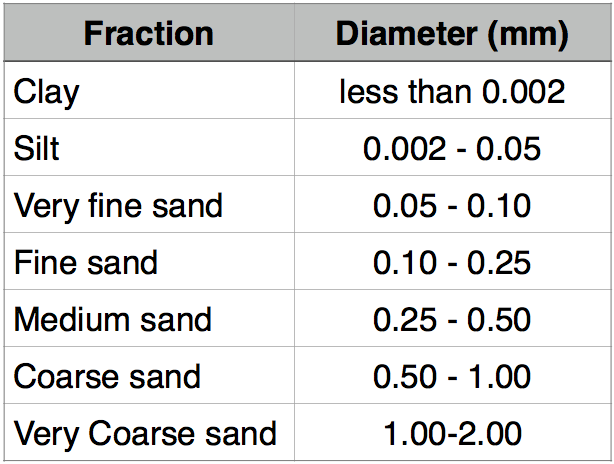This subject is so important to the future performance of bowling greens that I would say it is essential for greenkeepers to understand this subject over any other.
The physical condition of the soil in the bowling green is the most important aspect of bowling green maintenance because it impacts every other aspect of green management. The physical properties of your soil dictate everything from drainage, nutrient availability and pH right up to green speed, green smoothness, consistency and ultimately whether or not the green performs to a high standard.
But what do I mean when I say Soil Physical Properties? This is primarily about 2 distinct qualities of the soil, Texture and Structure. Soil Structure relates to the way the soil holds together and there can be no doubt that soil structure plays a big role in green performance. However, soil structure is largely dictated by Soil Texture and for that reason I believe that the Soil Texture is the single most important aspect of green maintenance for greenkeepers to understand. Unfortunately, in my experience it very rarely is understood sufficiently to give the greenkeeper enough confidence in creating a program of work that majors on getting this right. But what do I mean by Soil Texture?
Animal, Vegetable or Mineral?
No, this isn’t just the question you ask your daughter about the spotty youth she has brought home for tea; it’s also the phrase that describes the make up of all soils. More accurately, soils are made of a base Mineral material mixed with Organic (dead animal and vegetable) material . The mix of the two dictates the soil’s performance in terms of its physical attributes like structural strength, drainage capability and nutrient and moisture holding capabilities.
50% Nothing

In art and design, it’s often said that the white space around the images and text is often more important than the objects themselves, and a similar rule applies to good soil. In fact the perfect bowling green’s soil will be 50% nothing! By that, I mean that there should be lots of space in the soil between the soil particles. We call this nothingness, Pore Space or Porosity. Some of these pores are big (macro) and some are small (micro) pores. Micro pores are actually classified into two sub groups, but these basic groupings will be fine for now. The Mineral and Organic materials, might make up the structure of the soil, but it’s within the soil porosity that all of the action happens!
Last time we saw how the grass plants extract the 16 essential nutrients from the soil solution. The soil solution contains plant usable forms of the essential elements called ions and although these originate in the organic and mineral components of the soil, the plant can’t access them until they are in solution in the spaces between soil particles. That soil solution exists within the micro-pore space. The macro-pore space contains air and is essential for the supply of oxygen to support a healthy soil microbe population as well as for good drainage and resistance to compaction.
Soil Fractions
But what do I mean by soil particles?
The Mineral element of all soils is made up of a mix of 3 basic structural components called Sand, Silt and Clay. These are the basic soil fractions. The sand part varies greatly in particle size so we categorise it into 5 sub fractions for the purposes of soil texture classification. Here are the soil fraction classifications:

Stop to look at those sizes for just a minute, because they are quite mind boggling, especially at the lower end where the silt and clay is. Coarse sand has a maximum size of just 1mm, so imagine how very tiny a clay particle is at less than 2 thousandths of a millimetre! Well, that minuscule size hides a big secret and I introduced the intricacies of it when we looked at Cation Exchange Capacity last time. The tiny clay particles are where a lot of the nutrient ions are held within the soil, meaning they can be used by the grass plants later. Clay also plays a role in moisture retention which is critical for the health of the bowling green.
To finish today, I will leave you with a very useful visual representation of the relative sizes of these soil particles courtesy of the University of Colorado and next time we will move on to the importance of getting soil texture right in your bowling green.

